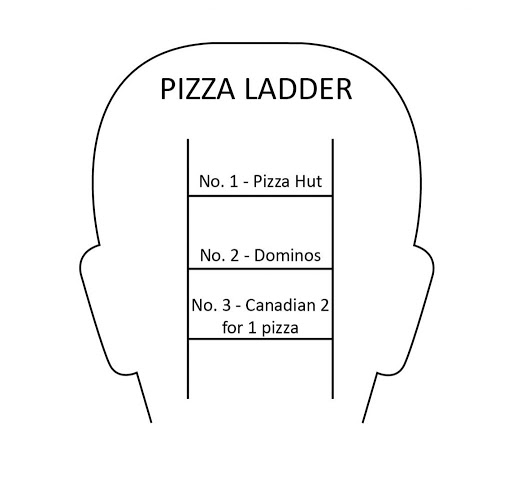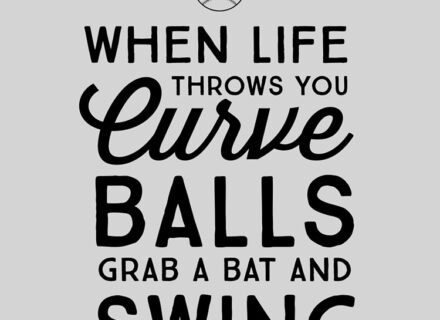Every message we attempt to communicate, in business or otherwise, has to break through one very complex gate: The mind. And with the insane amount of ‘noise’ in our daily lives, our minds reject most of what comes at us. In a recent post about ‘Power Branding’, I noted that the average american is exposed to between 4,000 and 10,000 advertisements each day. We only ‘accept’ a small fraction of that. We act on an even smaller fraction. If you’re a marketer, you know the struggle is real.
In Al Ries and Jack Trout’s influential marketing book ‘Positioning’, they said “as a defense mechanism against the volume of today’s communications, the mind rejects information that doesn’t ‘compute’. It only accepts new information which matches its current state of mind. It filters out everything else”. In brand terms, they go on to say “The more we studied the human mind, the more we saw the relationship between the mind and the memory bank of a computer. To put a new brand into the mind, you have to delete or reposition the old brand that already occupies the category”.
In a marketing and advertising context the concept of having ladders in our mind is a way to visualize how people store and think about brands and products. Picture a bunch of tiny ladders, each representing a different product category (shoes, coffee, pizza, etc). On each individual ladder, the steps represent a brand name. Most ladders have only three rungs, but there can be as many as seven. The image below draws this out.

As a brand, the ultimate achievement is reaching the top rung of the ladder as the leader of a particular category. In the example above, Pizza hut holds the top spot. Advice from Ries and Trout suggests that “a competitor that wants to increase its share of the business must either dislodge the brand above it on the ladder (a task that is mostly impossible) or somehow relate its brand to the other company’s position”.
Al Ries & Jack Trout, Positioning: The Battle for Your Mind
“To put a new brand into the mind, you have to delete or reposition the old brand that already occupies the category.”
As humans, we crave context. These category ‘ladders’ are structures of context. Consider the top three brands that come to mind for the category of athletic footwear. You’ll likely think about Nike, Adidas, and maybe Reebok. Anytime you see an ad for athletic footwear, your frame of reference, or your context, is these three brands. A new brand, or one that is on a rung below these three, either needs to dislodge one to move up, or it needs to somehow relate its brand to the other’s on the top rungs.
There’s a nice parallel between what Ries and Trout unpack in ‘Positioning’ and some of the work from Gartner analyst Hank Barnes on the idea of creating context. Barnes has a great post titled ‘The Golden Triangle of Great B2B Context’. The post is framed in a B2B context, but it seems to apply for B2C as well.
So what happens when the strategy of dislodging or relating doesn’t position you for growth? You create a new category. A new ladder in the mind. That’s easier said than done, but plenty of new entrants that initially appear to be joining an existing category have separated themselves by creatively designing a new one. There are also many examples where this strategy is attempted but falls flat. One of the best books on category design and creation is titled ‘Play Bigger’, by Christopher Lochhead. He also has two great podcasts (Follow Your Different & Lochhead on Marketing).
As marketers, brand builders, advertisers and innovators, the ladder of positioning and the idea of context is vital in our effort to break through to our ideal customer. They are overwhelmed with messages and need our help to find signal among the noise.



